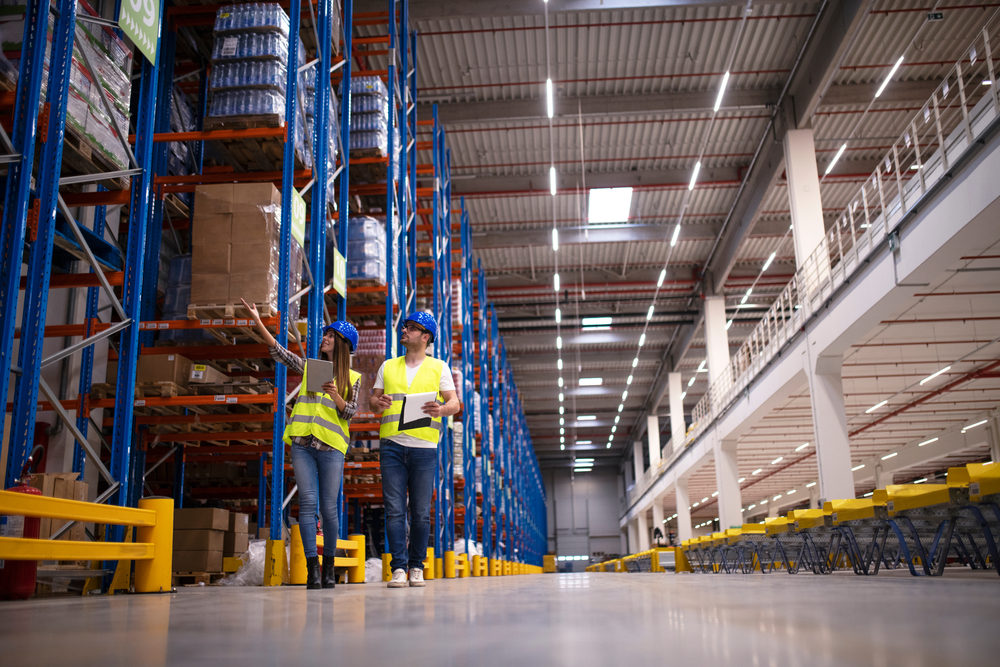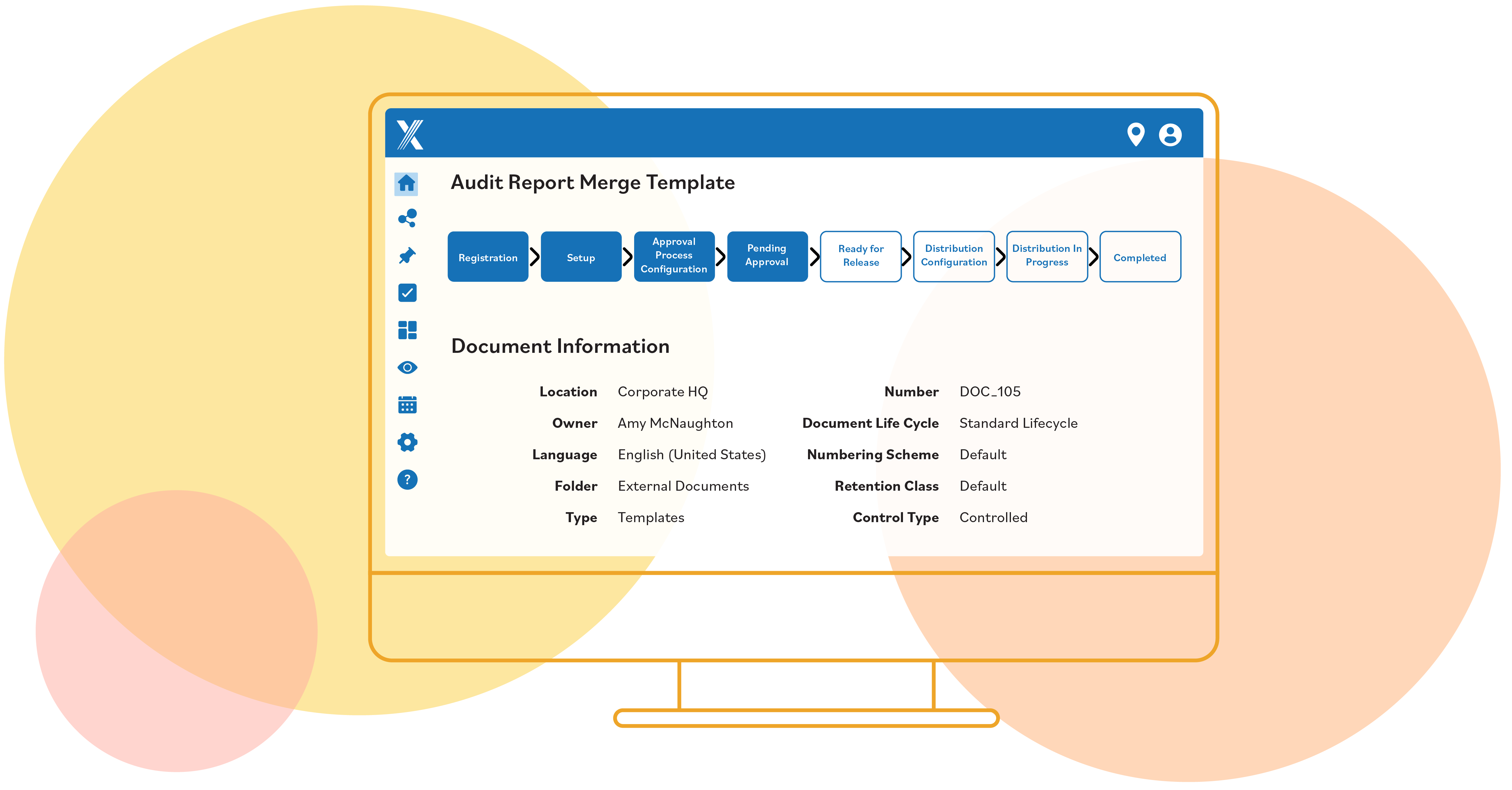Safety by Design Demonstrates Good Governance
May 25, 2021

The objective of Safety by Design is to systematically identify, mitigate and eliminate as many workplace hazards as possible.
Workplace safety is a key piece of good corporate governance, especially considering recent global events. Smart companies are adopting a new approach, Safety by Design, a proactive and preventive method that makes good governance better.
Over the last few years, companies around the globe have increased their focus and investment into environment, social and governance strategies (ESG). They realize that ESG delivers improved financial performance and keeps workers, customers and investors happier. In this post on ESG trends, we discuss several factors that are accelerating the rise of sustainable business and how organizations can benefit. This article shows how and why workplace safety is a critical component of good corporate governance.
Good Governance Is Essential for Business Success
Governance describes a broad range of corporate concerns including the roles, rights and responsibilities of stakeholders such as company executives, boards of directors, managers, employees and shareholders. Some notable governance factors are executive compensation, accounting practices and conflict of interest guidelines as well as political donations and lobbying rules.
Bad governance can be devastating to a company’s reputation and its balance sheet. For example, the Volkswagen’s emission scandal – “diesel gate” – cost the company almost $33 billion in fines, settlements and compensation payments while also causing serious long-term damage to the company’s brand. Other high-profile governance failures include the use of forced labor in the apparel, technology, food and beverage supply chains and the improper use of personal data by many social media companies.
Governance Includes Workplace Safety
One thing the COVID-19 pandemic has shown us is that different companies had different responses as to how serious they took the outbreak and what steps they took to mitigate the risks for their workers. Several well-known companies reacted too little/too late and saw staggering numbers of COVID-19 cases among their employees. Likely no company was prepared for the scope and gravity of COVID-19, but the apparent casual disregard at many organizations for worker health and safety reveals a lot about their corporate governance.
Workplace safety has always been an important governance issue and it has become even more so. According to the U.S. Bureau of Labor Statistics, while the incident rate for illness and injury has stayed the same over the last few years, the rate of fatal work injuries has increased by 2 percent. So, even though the incident rate of non-fatal occupational injuries and illnesses has dramatically decreased in the past 50 years since the Occupational Health and Safety Administration was created, the rate of decrease has slowed down in recent years. It might be time to adopt Benjamin Franklin’s time-tested adage, “an ounce of prevention is worth a pound of cure,” and try a more proactive approach to workplace safety.
Safety by Design is a Proactive Approach
Safety by Design is a proactive and preventative approach to workplace safety. It emphasizes collaboration across all levels of an organization to eliminate hazards and mitigate risk in the work environment. The objective of Safety by Design is to systematically identify, mitigate and eliminate as many workplace hazards as possible, and to make this happen, companies must focus on three “P’s” within their organizations: people, places and processes.
Putting people first – It could be seen as ironic that the stakeholders most likely to benefit from workplace safety improvements – the workers – sometimes are the ones most reluctant to embrace them. Workers around the world have always been hesitant to embrace change, but employee training and behavior-based safety methods can make change a lot easier to handle.
Employee training is proven to lower worker illness and injury, but it also delivers several additional benefits to both the worker and the company.
- Increase productivity & reduce downtime.
- Streamline Health and Safety regulation compliance.
- Increase awareness of workplace hazards.
- Reduce equipment maintenance costs.
Behavior-based safety is a people-first, collaborative approach to promoting health and safety in the workplace. It focuses on collaboration between EHS leadership and employees and focuses on observations of employee actions and behavior as they perform routine tasks. The process is used to deliver feedback, set goals and deliver coaching and mentoring. BBS also empowers workers to assess their own job-related behavior and identify any risks associated with their daily tasks so the hazards can be addressed.
De-risk company places – In addition to fully trained and properly motivated workers, it is critical to identify and eliminate all hazards in the company workplace. This is true whether the workplace is an office, a factory floor or a vehicle on the road. A hazard is defined as a source of potential injury or illness to a worker, damage to a facility or equipment or a negative impact on the environment. Hazards can be physical, biological, chemical, ergonomic or psychological.
Identifying all workplace hazards is just the first step. Risk assessments consider how likely a hazard is to result in an incident, and the potential severity of any illness or injury due to the incident. When all workplace hazards have been identified and a risk assessment is completed, steps must be taken to eliminate the hazards wherever possible or mitigate their severity when it is not.
In addition to hazard identification, elimination and mitigation, workplaces are advised to track all near misses. A near miss is an unplanned event where no property was damaged or worker was injured, but in a different situation, different timing or location, a worker injury or fatality could have occurred. Near misses in the workplace offer valuable opportunities to address their root cause and prevent reoccurrence.
Prioritizing processes for safety – The third area of focus to implement Safety by Design is to analyze and improve company processes to make them safer. This is not as straightforward as it sounds, as “safer” does not necessarily mean more efficient, and companies are always improving processes to make them more effective and efficient. Whenever possible, safer and more efficient is better, but the whole premise of Safety by Design is to prioritize safety first.
There are many proven methodologies for improving key operational processes; Kaizen, Ishikawa (Cause & Effect), 5S and Process Maps are just a few of them. However, the best place to start improving key processes is by simplifying the collection, storage and analysis of the operational data. You cannot improve what your do not measure and collecting all relevant data makes it easier to analyze and improve the safety of company operations.
Safety by Design Saves Lives
With so much focus on the more newsworthy aspects of ESG such as sustainability and social responsibility, sometimes the more basic elements of governance get skipped over. That is the case with workplace safety. Companies in different locations and jurisdictions around the world are regulated, and worker safety is both mandatory and extremely important to their success. However, regulatory requirements are only the starting point for companies truly focused on safety. These companies are embracing a fundamentally new approach to the problem and working to implement Safety by Design.






